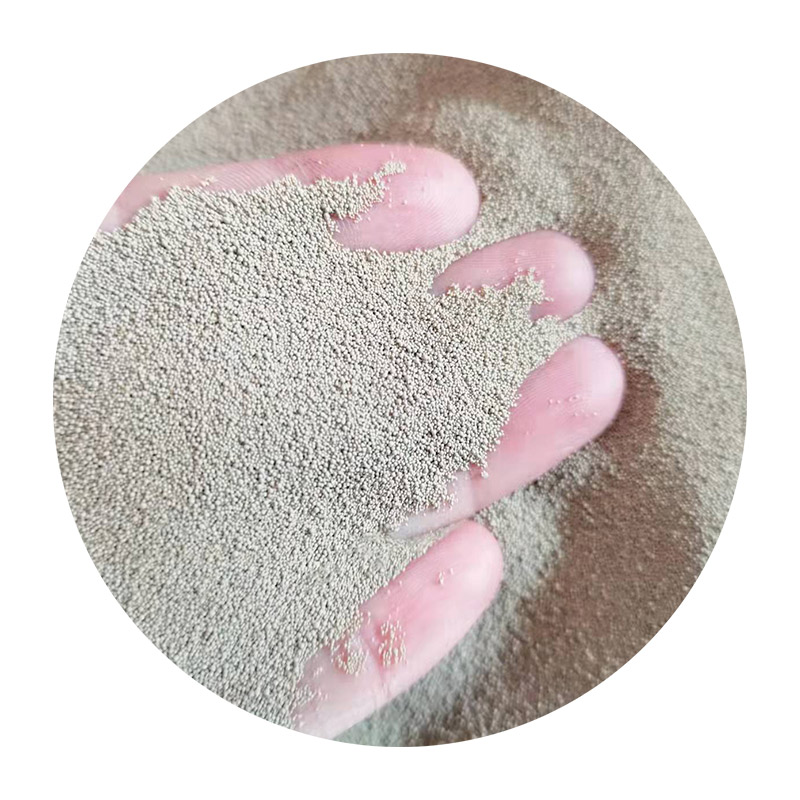Understanding the Resin and Sand Mix
The combination of resin and sand has gained significant attention in various industries, particularly in construction, art, and manufacturing. This versatile mix offers a myriad of applications ranging from creating durable surfaces to crafting intricate art pieces. The unique properties of both resin and sand contribute to a robust and adaptable material that meets the diverse needs of its users.
At its core, resin is a synthetic compound that, when mixed with a hardener, undergoes a chemical reaction leading to a solid material. The outcome is a strong, durable substance with excellent adhesive properties and resistance to moisture and chemicals. Sand, on the other hand, is a naturally occurring granular material, typically made up of finely divided rock and mineral particles. When combined with resin, sand enhances the texture, weight, and overall strength of the resultant mixture.
One of the primary applications of resin and sand mixes is in the creation of decorative and functional surfaces. In construction, for instance, this mix is often employed to create seamless flooring systems. These systems are not only aesthetically pleasing but also provide high resistance to wear and tear, making them ideal for high-traffic areas such as shopping malls, airports, and hospitals. The non-slip properties derived from the sand contribute to safety in various environments, reducing the risk of accidents.
resin and sand mix

In the realm of art and design, resin and sand mixed materials have blossomed into a popular medium for artists. This combination allows for the creation of stunning sculptures, countertops, and decorative features. Artists can manipulate the mixture to achieve different textures and finishes, resulting in innovative and visually striking pieces. The incorporation of colored pigments or other additives further enriches the creative potential, enabling the production of unique artwork that resonates with personal expression.
Moreover, the versatility of resin and sand mixes extends into the manufacturing sector. They are commonly used in making molds and cores for metal casting processes. The mixture can be easily shaped and cured, providing a reliable and durable medium for producing intricate designs. This application not only enhances the precision of the final metal products but also reduces production costs, making it a favored choice among manufacturers.
In conclusion, the resin and sand mix is an innovative material that has found its place across various fields. Its durability, versatility, and aesthetic appeal make it a valuable asset in construction, art, and manufacturing. As industries continue to explore creative applications for this mix, the potential for new developments remains vast, paving the way for exciting advancements in material science and design.
Post time:okt . 12, 2024 16:15
Next:how does sand casting work
